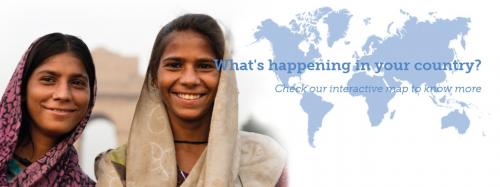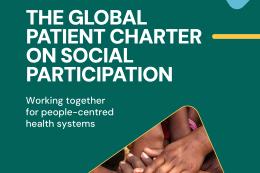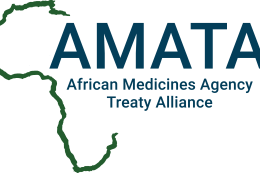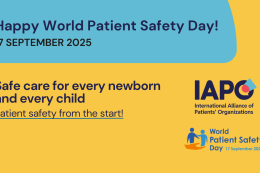International Diabetes Foundation launches the 8th edition of the Diabetes Atlas

Diabetes is one of the largest global health emergencies of the 21st century. According to the IDF Diabetes Atlas Eighth Edition, released in November 2017, this pandemic continues to rise, seemingly inexorably, all over the world. An estimated 425 million adults are living with diabetes in 2017, set to increase to 629 million by 2045. A further 352 million adults are at high risk of type 2 diabetes, the most prevalent form of the disease. Two in three adults with diabetes are of working age and more than one million children and adolescents under the age of 20 are estimated to have type 1 diabetes. Close to 80% of people with diabetes live in low- and middle-income countries.
Diabetes and its associated complications pose a significant economic and social burden to both the individual and society as a whole. It is the single largest cause of blindness in working age adults; one in three renal transplants/dialyses are diabetes related and many people with diabetes succumb to premature cardiovascular deaths. About 12% of global health expenditure is spent on diabetes.
The majority of cases of diabetes could be prevented and it is possible to delay and avoid the costly complications of all types of diabetes through screening, early diagnosis and the provision of accessible and affordable diabetes care. For this to happen, however, concerted action is required on the part of governments, civil society, industry, NGOs and other stakeholders.
Published since 2000, the IDF Diabetes Atlas is the authoritative source for health professionals, academics and policy makers on the burden of diabetes. It is an invaluable tool to raise awareness of diabetes and help policymakers and other key stakeholders understand the disease to inform national, regional and global policies to stem the pandemic. The IDF Diabetes Atlas contains global, regional and national estimates for the prevalence of diabetes, impaired glucose tolerance, undiagnosed diabetes, mortality, healthcare expenditure, hyperglycaemia in pregnancy and type 1 diabetes in children and adolescents. The IDF Diabetes Atlas website includes an interactive and dynamic map as well as scientific publications and detailed data for ease of use and preparation of awareness, communications and advocacy campaigns.
When developing an advocacy campaign, it is crucial to develop tailored messages and present proposals and solutions backed by strong evidence, to influence decision makers and others with the power to effect real change. The IDF Diabetes Atlas provides the evidence base for the action that is required to bring about this change. A recent example is the IDF Call to Action and Advocacy Toolkit launched in preparation for the UN High Level Meeting on NCDs, scheduled to take place in late 2018.
Part of this campaign relies on all stakeholders to amplify the Call to Action by demanding greater action at the national level, and, specifically, asking governments to honour the commitments that they have made to tackle diabetes and NCDs. These include a 0% increase in diabetes prevalence by 2025; 80% access to essential medicines and devices by 2025 and Universal Health Coverage (UHC) by 2030; a 30% reduction in diabetes-related premature mortality by 2030 and, lastly, to listen to the priorities of people with diabetes and defend their rights.
To support the development of national campaigns, IDF has developed a number of template documents informed by the data contained in the IDF Diabetes Atlas. These show the impact of diabetes, compare individual countries against their neighbours or other countries with similar socio or economic realities and place individual country data in the context of their own regions and the world at large. It is vital that the findings generated and disseminated through the IDF Diabetes Atlas are utilised and leveraged so that we may indeed halt the rise in diabetes.



